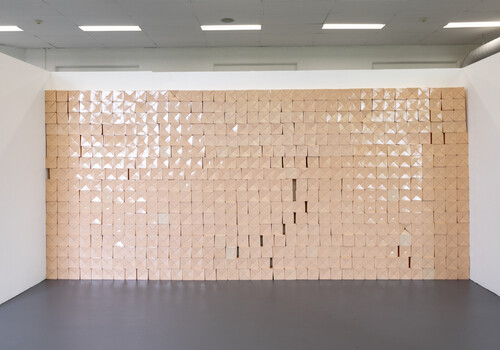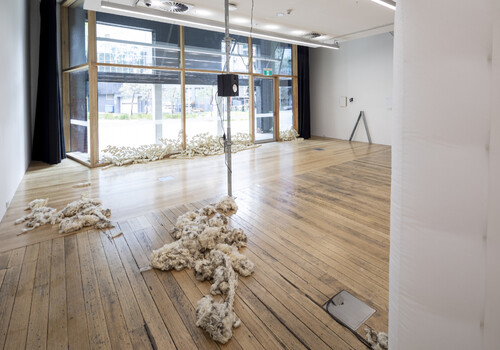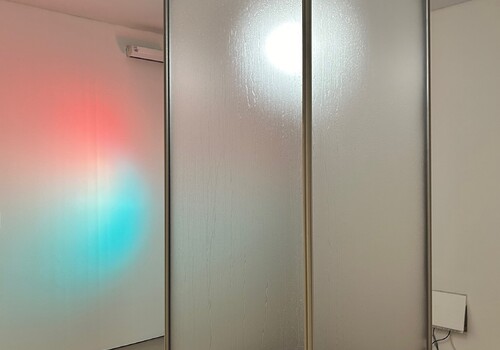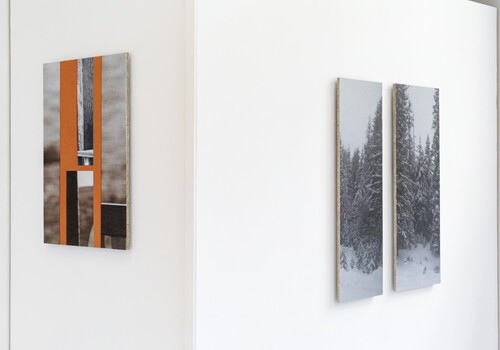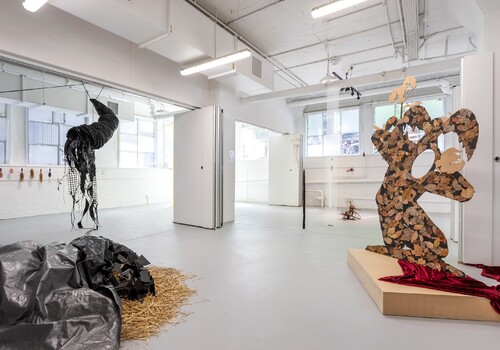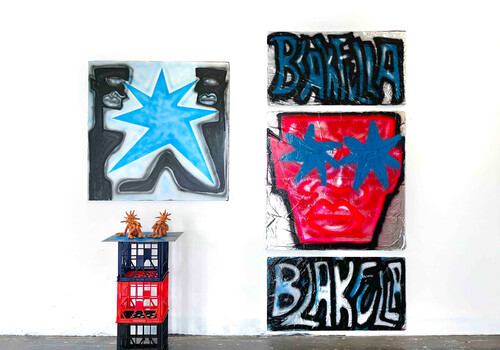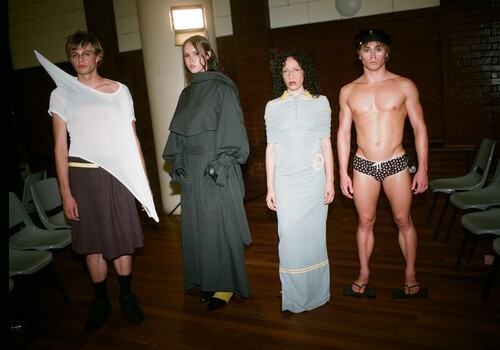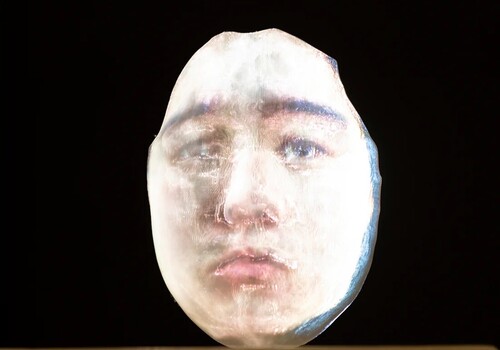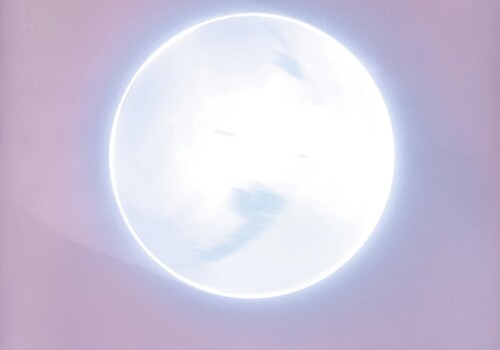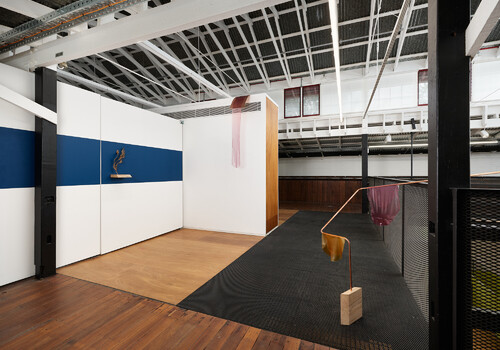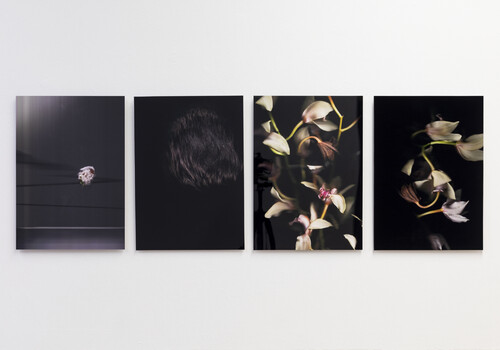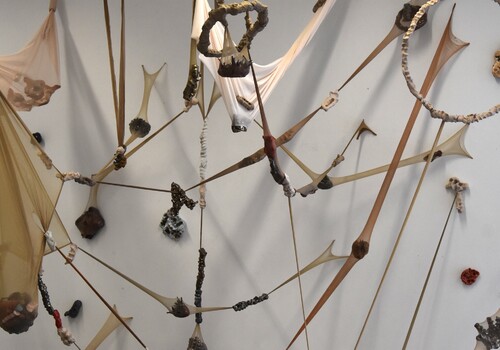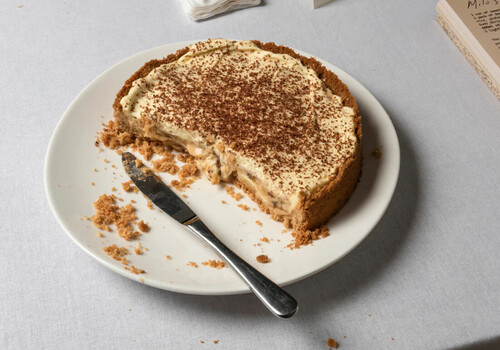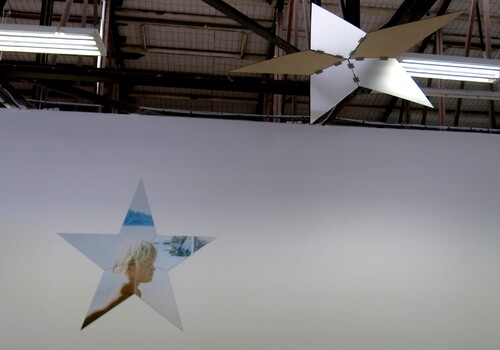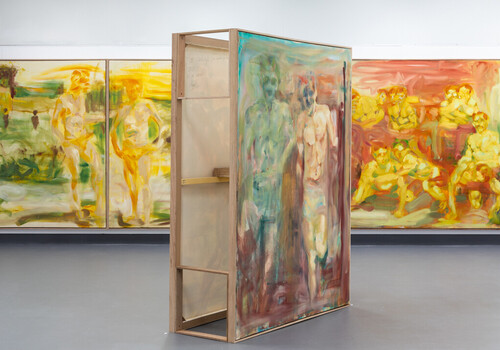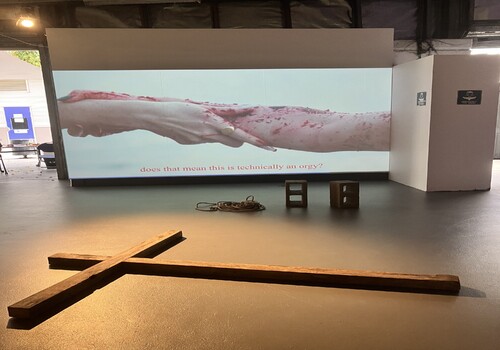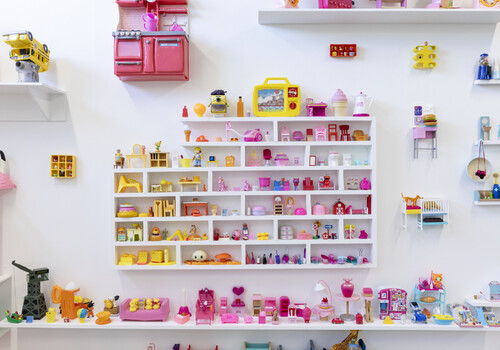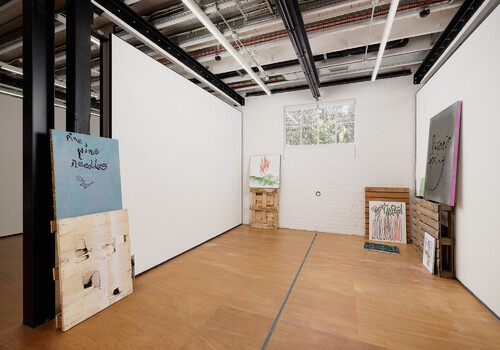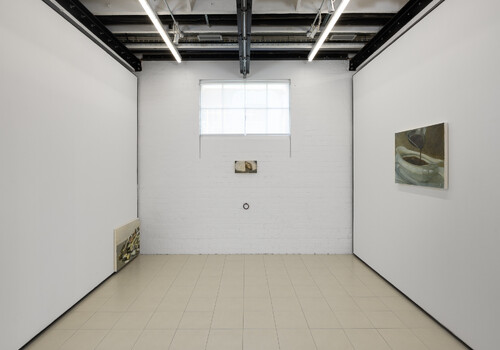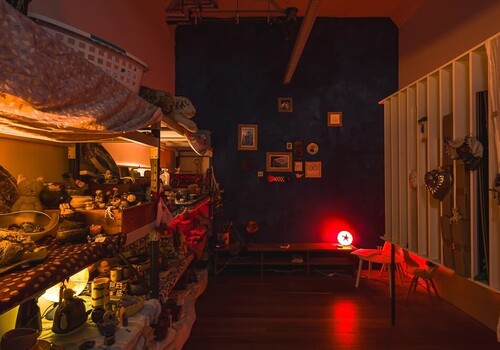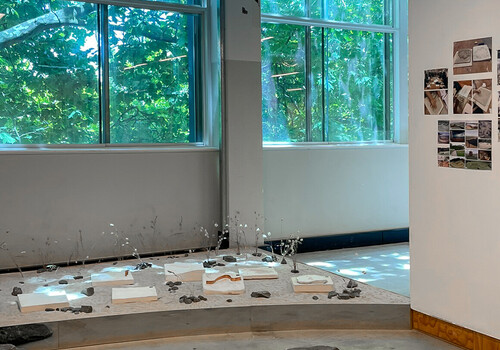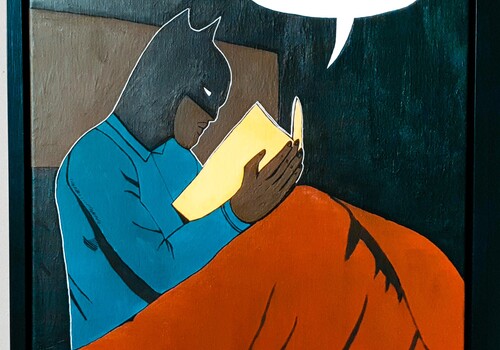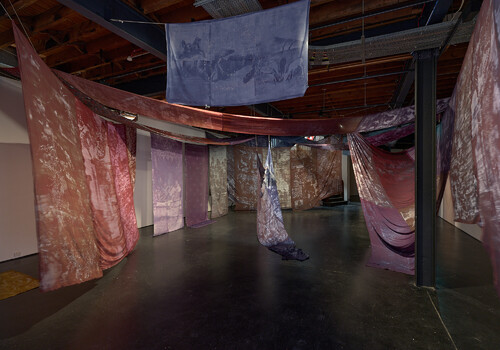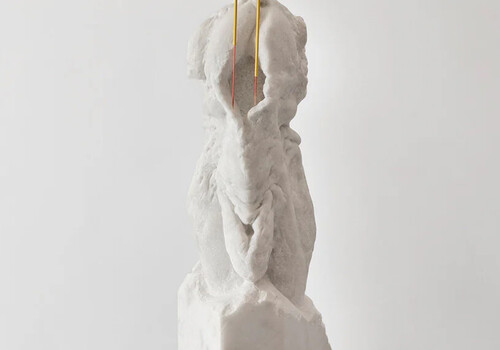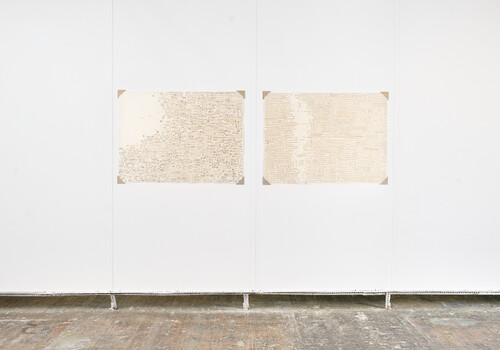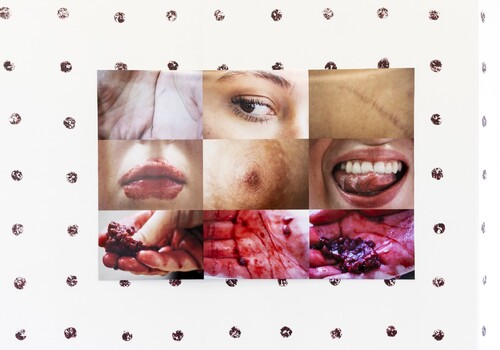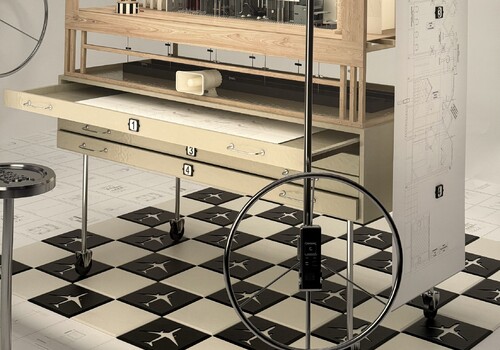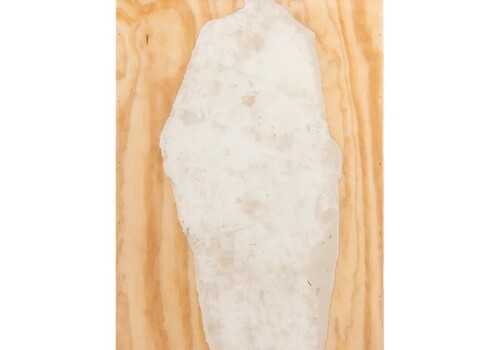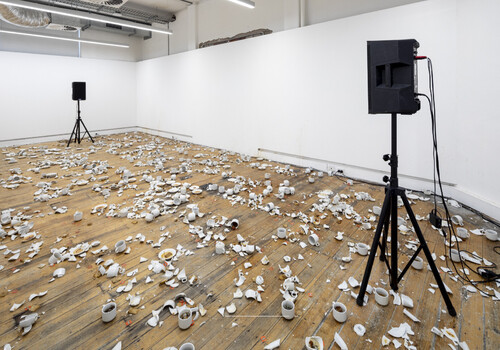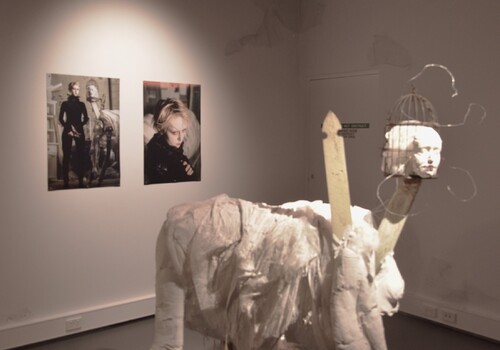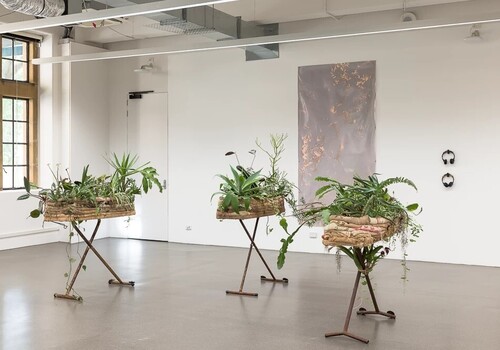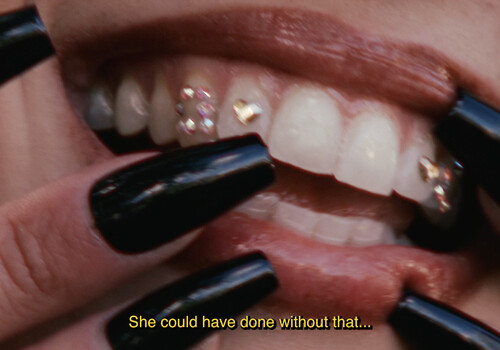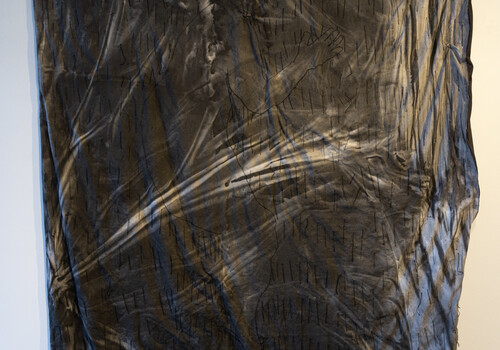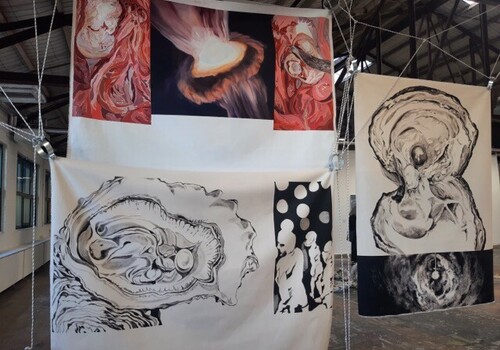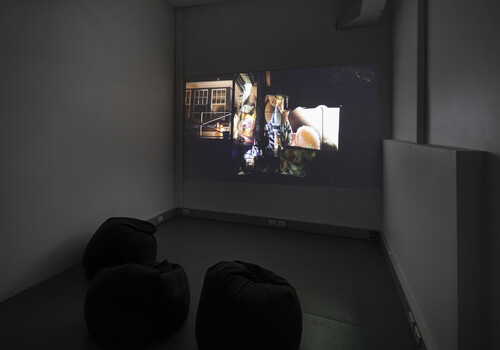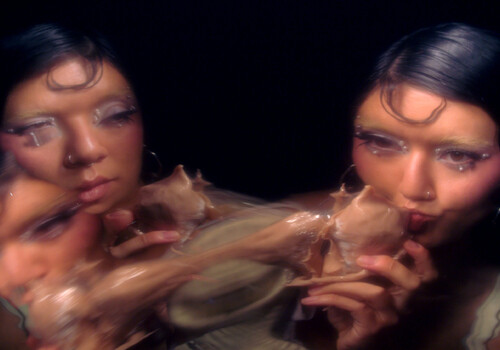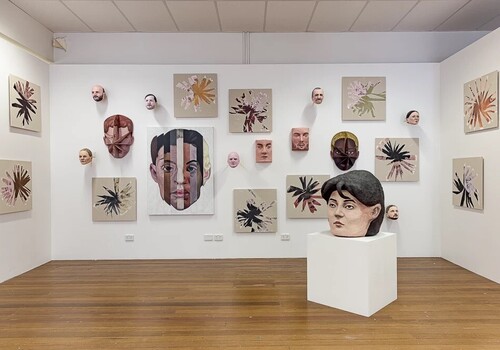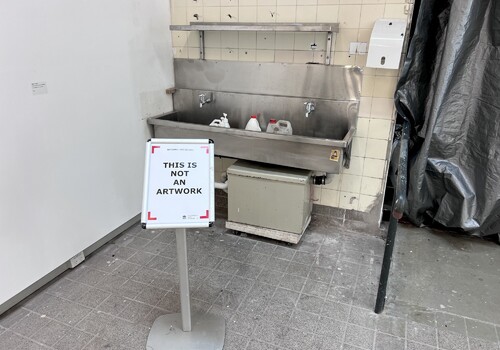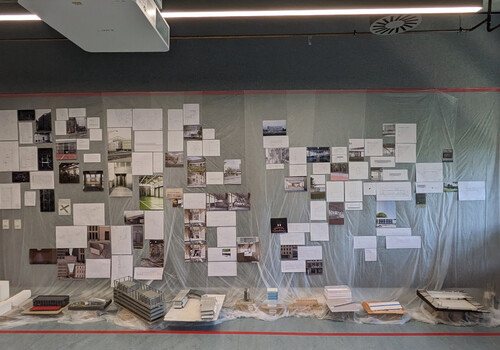Photomedia, Sydney College of the Arts
By Siobhan Seeneevassen
The SCA show is really holding space this week. Yvette Hamilton might have taken “space” a bit too literally in The Appearance and Disappearance (2024), which draws a series of unexpected and curious parallels between photography and black holes. Black holes mark both a death and a new beginning, as did the invention of photography for art. Photography’s genesis coincided with the Romantic period, when art was being valued for representation over realism (which was precisely what photography was presumed to offer). Hamilton, however, challenges the idea that image equals fact.
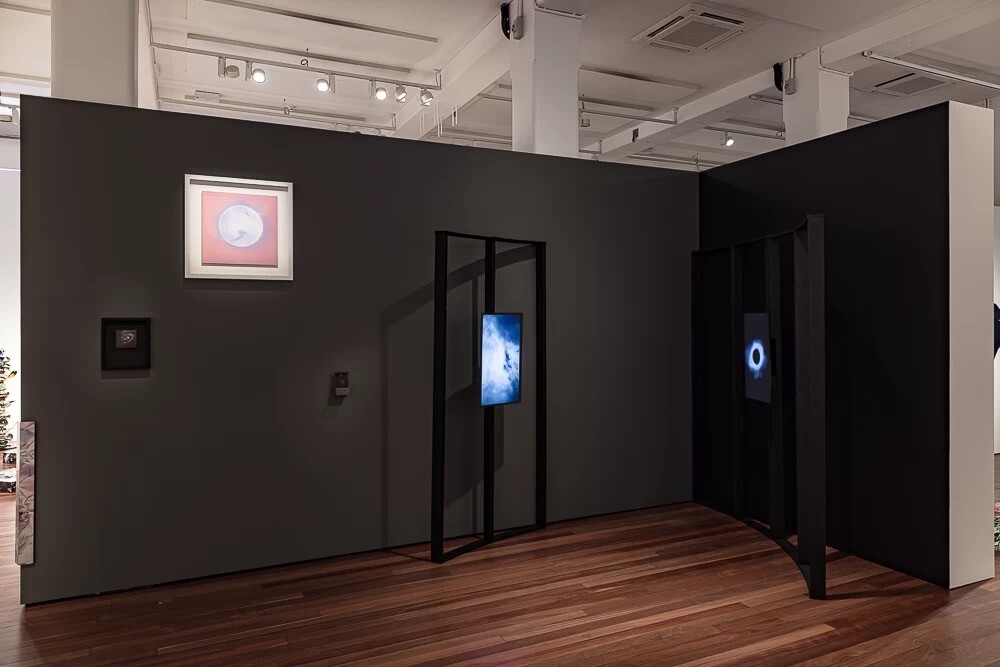
Yvette Hamilton, Atmosphere Study (May 5) (2024), inkjet print on cotton baryta paper from cameraless unfixed lumen photogram. Things I Can’t See From Places I Can’t Be (Black Hole #2) (2024), hand printed gold-toned salt print on cotton rag from AI computer-simulated image made in Midjourney. Supermassive (2024), single channel HD video. Sydney College of Arts New Contemporaries Exhibition 2024, Sydney. Photo: Courtesy of the University of Sydney.
Entering the artist’s corner of the gallery space is like setting foot in a moonlit observatory. Dark walls are illuminated by points of a constellation, each image differently framed and scaled. Two moving images are mounted on curved scaffolding. The black hole hovering on one screen has me mesmerised with its undulating outline and atmospheric audio. These works ask you to look carefully and come closer, closer—but not too close, for fear of being sucked in. Hamilton pays homage to the scientific roots of photography and takes this a step further by exhibiting algorithmic and AI-generated images. While Hamilton pushes the photographic medium to its limits, the viewer is left questioning what makes a photograph, and why we are so attached to the concept of a real or true image.
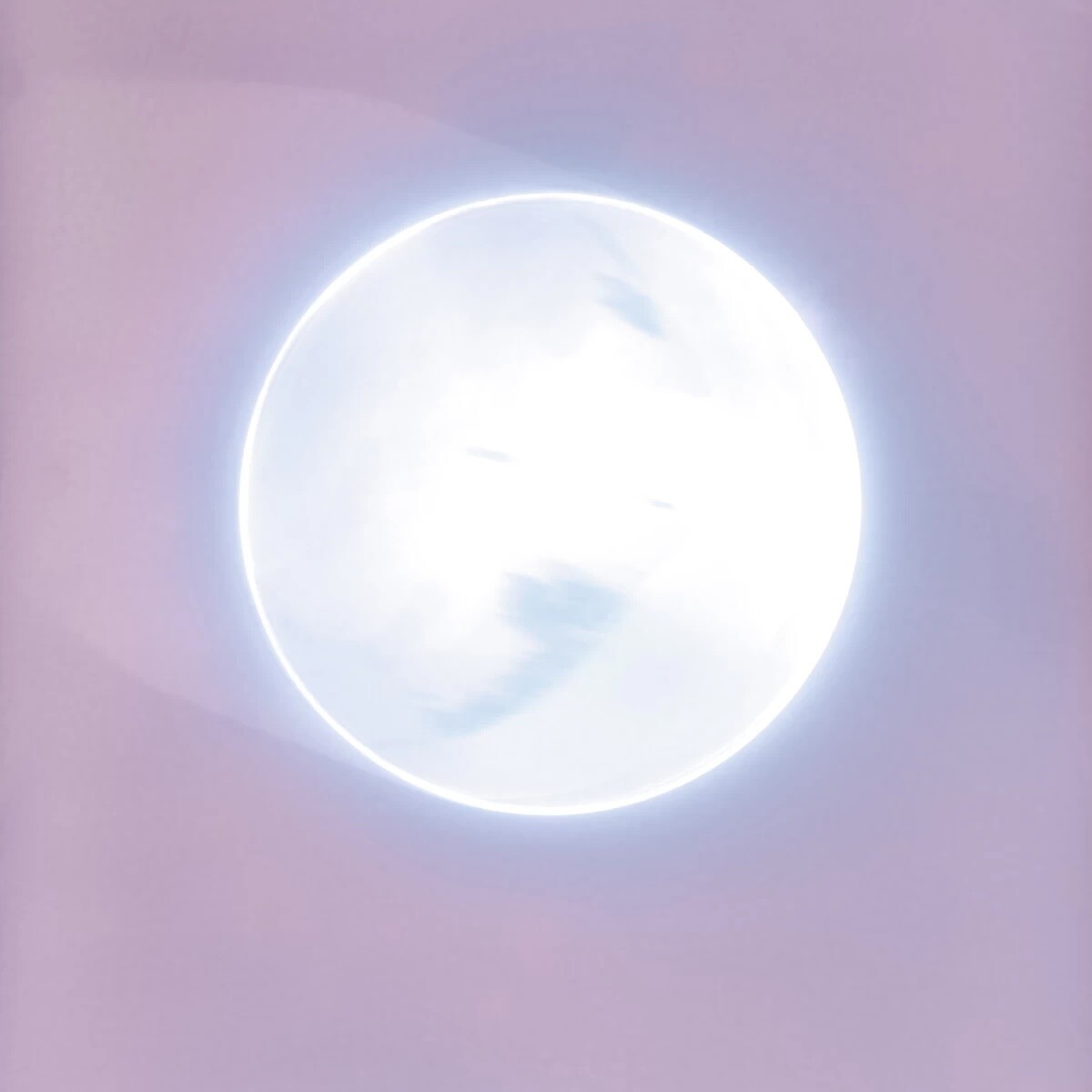
Yvette Hamilton, Atmosphere Study (May 5) (2024), inkjet print on cotton baryta paper from cameraless unfixed lumen photogram. 62 x 62 cm. Sydney College of Arts New Contemporaries Exhibition 2024, Sydney. Photo: Courtesy of the University of Sydney.
Robert Smith takes a different approach to the concept of attachment. Entering The Place of My Making (2024), the viewer is invited into a site of childhood significance for Smith. The artist creates a sensory experience: a small dark room, three glowing light boxes, and an eerie audio combining ambient noise, muffled voices, and occasional static.
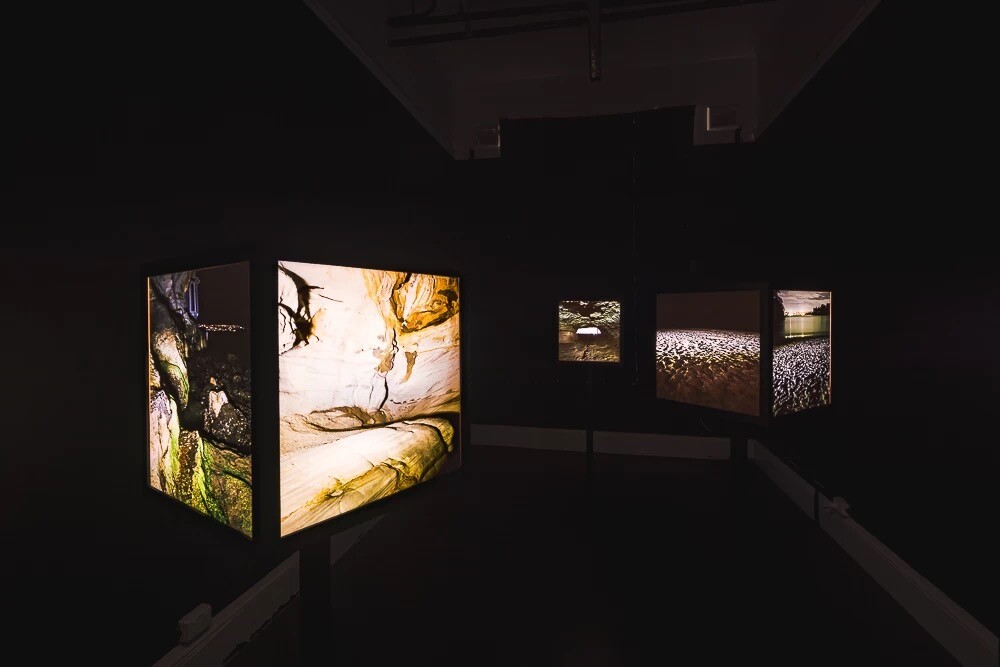
Robert Smith, The Places of My Making (2024), transparency in cube light boxes, sound. Sydney College of Arts New Contemporaries Exhibition 2024, Sydney. Photo: Courtesy of the University of Sydney.
The images on the exterior of the light boxes, illuminated from within, depict a beach cave and its surroundings at night. Smith’s flash photography exposes the familiar through a new perspective, perhaps in a way that wouldn’t ordinarily be available to the naked eye. The effect is uncanny. Smith perfectly captures the feeling of being unsettled and self-conscious in a familiar place.
“She’s Hogwarts.” Kind of a weird take, but I get what the person next to me means. We’re both watching Sophie Dohnt’s sentient video portrait, while the subject blinks and looks off into the distance. In Redirecting Gaze (2024), Dohnt returns agency to her subject, Zoe, who seems strangely apathetic about the audience’s presence.
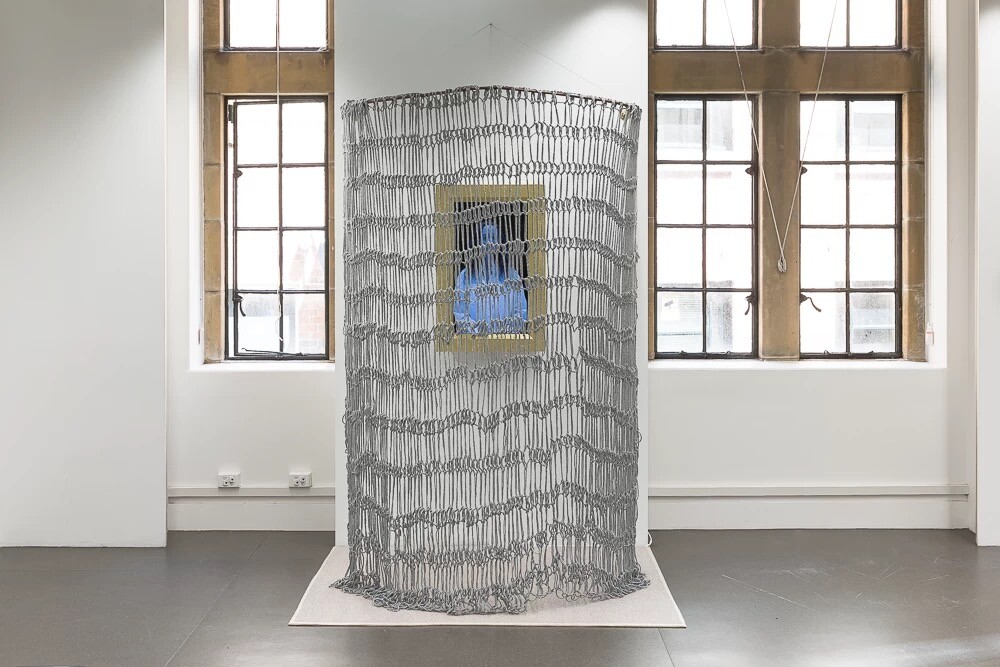
Sophie Dohnt, Redirecting gaze — A creative feminist practice redefining the visual relationship between viewer and subject, aimed at shifting power and restoring agency (2024), recycled cotton rope, digital monitor, digital silver gelatin image, copper, brass, gilded timber, upcycled carpet and digital sensors. Sydney College of Arts New Contemporaries Exhibition 2024, Sydney. Photo: Courtesy of the University of Sydney.
Dohnt’s portrait is nested within a hanging crochet net that conceals Zoe and demarcates the audience’s relationship to her. In the exhibition’s online catalogue, Dohnt posits that stepping inside the crochet enclosure invites a more sustained connection, but upon entering, I was denied that relation. As motion sensors detected my approach, the portrait changed from a moving to a static image. The shifting face before me turned still; her eyes became lifeless. The connection I was seeking remained unfulfilled. In this sense, Dohnt challenges the audience’s desires through a mediated politics of looking. The crochet cocoon marks an obscured threshold between viewer and subject, generating a curiosity that will not be satisfied. As I turn to leave, I find myself looking back at her, like I’m trying to catch my own reflection.
Siobhan Seeneevassen is an art writer and library events coordinator who lives and works on unceded Cammeraygal land. She recently graduated from UNSW with a Bachelor of Art History and Bachelor of Arts (Honours) in English and Gender Studies.
